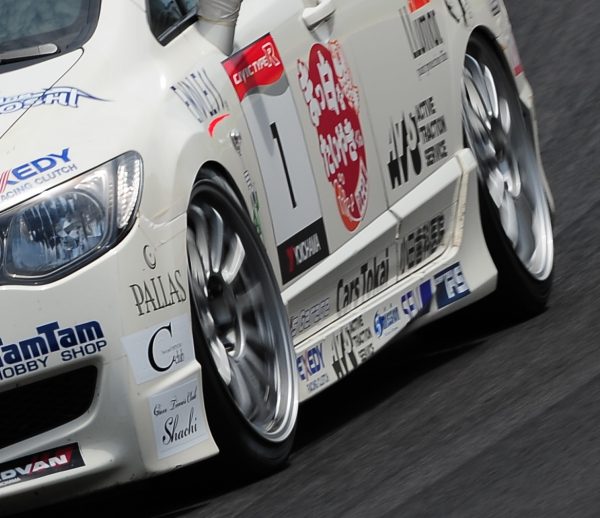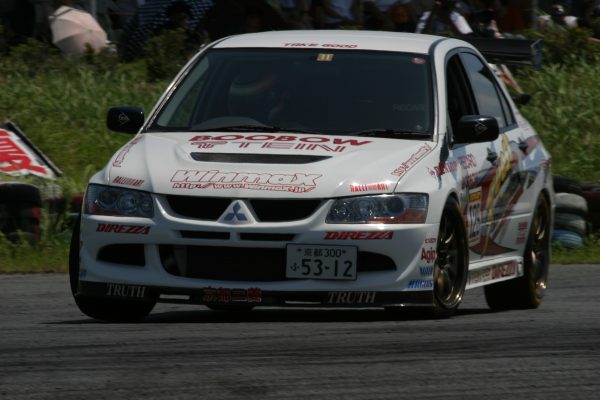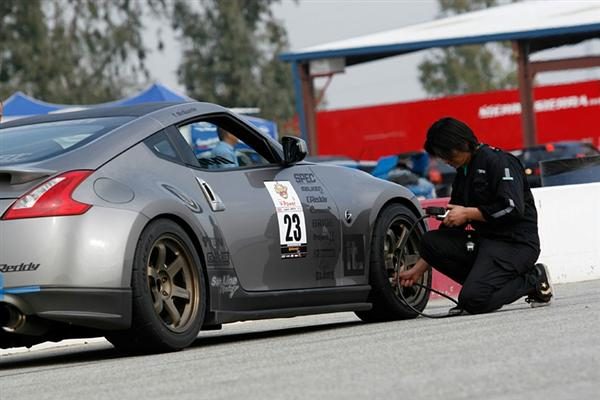It’s quite clear that customers come to us looking to increase handling performance for their vehicles. After all, suspension upgrades are some of the most commonly made changes to vehicles. Fortunately, we’ve continued to make improvements to suspension technology that has proven results.
However, one overlooked aspect in handling is monitoring tire pressures. Of course, the type of tire and the appropriate size you use is also just as important, but you want to make sure that the tire pressures match what is necessary for your particular vehicle.
Clearly, not all tire manufactures are the same, and many have their own proprietary compounds and tire carcass construction. Each manufacturer has their own claims of how and why their tires perform better than their closest competitor. What tire works best for your needs is going to be up to you to find out for yourself. It really will be a bit of trial and error for you to find out your best tire. But, as the saying goes, you get what you pay for…
Tire pressure is important in that it not only inflates the tire, it gives the tire its structure and allows it to work as designed. For example, a tire with no pressure (just at ambient pressure) will just be deflated. The sidewalls will flex and the tread patch will actually cup (where the center portion of the tread isn’t actually in contact with the road surface). 15 psi (pounds per square inch) will finally add some structure to the tire, but still leave the sidewall of the tire improperly unsupported. Still, the tread patch will most likely be cupped under load. 25 psi will give more structure to the sidewall and the tire is finally starting to get a good contact patch on the road. Really low tire pressures can also cause greater heat build up in the tire and can cause a blow out. Up to about 32 psi, which most passenger cars tend to operate best at, the sidewall’s have greater support and now the tread patch has better coverage on the road.

Even under heavy loading, the sidewall provides enough support and control when tire pressure is optimized. Traction is also at its highest since the tread patch has greater surface area on the road.
Up from there, once you start exceeding the tire pressures past its recommended levels, even by just a few psi, the contact between the tread patch and road will be less, sidewalls even stiffer. You’ll even notice it in your steering, as it starts to become increasingly easy to turn. There comes a point where the contact patch between tread and road become too small and unsafe (especially on wet road surfaces). Also, the tire will be so stiff that there’s barely any give in the sidewall. You may very well be skipping over bumps on the road at higher speeds.
When racing, tire pressures should be monitored after every session out on track. As you can imagine, heat build up from driving will affect the internal pressure of the tire, typically increasing a few psi. These pressures don’t simply drop after a few minutes of cool down, so it may be necessary to bleed that extra build up of pressure so that you can maintain the performance of the tire. Otherwise you may spend some time altering other aspects of your car or driving style to make it handle better. Make note, however, of any changes you made to the pressure, especially if bleeding excess. Once your tire cools down, the pressures should be checked again and reset to recommended levels (especially if you’re driving home from the track on the same set of tires).

Gymkhana is actually very tough on tires. Driver’s depend on the predictability of their tires to be able to make quick transitions, using a combination of steering, braking, and accelerating to make the car rotate and navigate very tight turns.
For daily driving, as mentioned earlier, it is still important to monitor your tire pressures. Each corner won’t maintain the same pressure due to a number of factors. If your alignment is perfect or near perfect, but your car seems to be pulling either left or right, check your tire pressures to make sure they are at recommended levels. Uneven tire wear can also be a factor of tire pressure (however, so is alignment).
What it comes down to is finding the best balance in comfort, traction, and safety. Fortunately all tire manufacturers work out these details for you. It’s best to follow manufacturer recommendations, then making small changes (1 psi at a time; even 0.5 psi if you can notice the difference) to suit your preference.
So, be sure to check your tire pressures, if possible, on a weekly basis. Especially before and during a track day. Also, it is best to check the tire pressures when tires are cold (or when the vehicle has been at rest for a long period), unless as aforementioned it is between track sessions.

